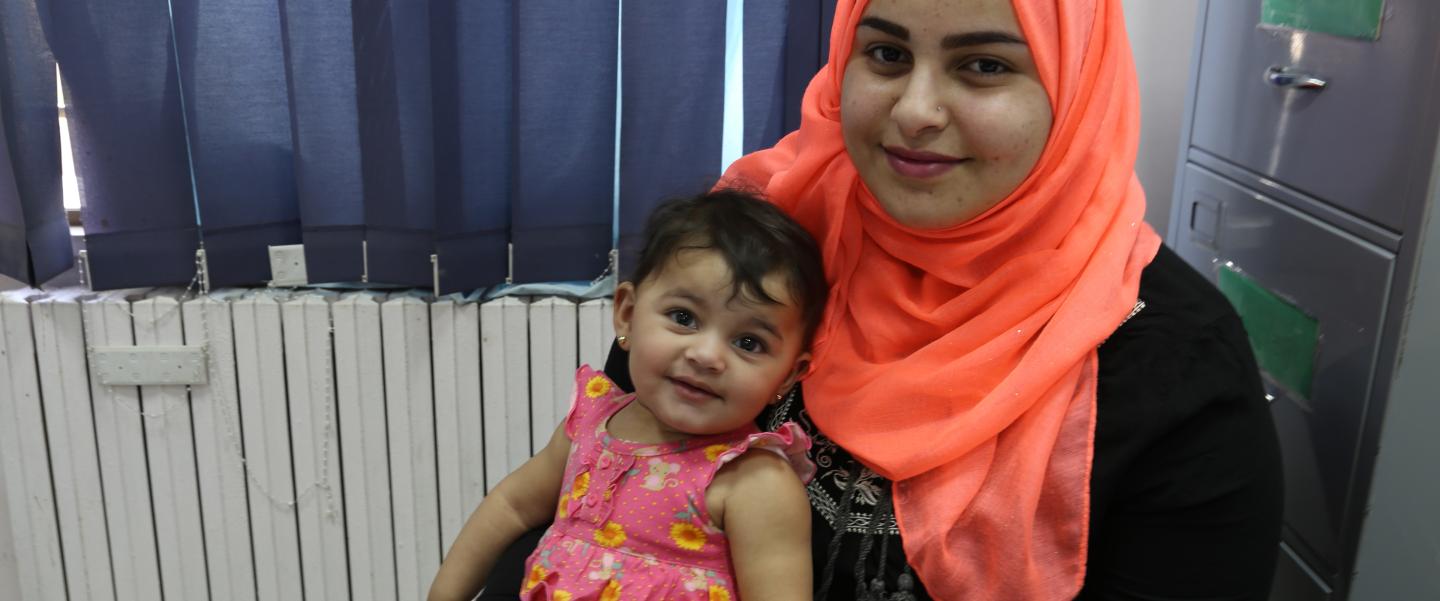HIGHLIGHTS
- Jordan must improve access to—and the availability of—quality health services.
- USAID Health Service Delivery helps GOJ improve maternal, newborn, and child health
- The communities’ oversight will help improve health outcomes.
The Challenge
USAID and the Government of Jordan (GOJ) want to expand access to—and the availability of—quality integrated essential health services at the national and sub-national levels and increase the government’s capacity to deliver these improved services. Multiple initiatives are under way to improve the health of both Jordanian nationals and Syrian refugees, and to alleviate the impact of rapid population growth by increasing access to quality health services and improving availability and quality of family planning services. Among those initiatives is the USAID Health Service Delivery project.
The Approach
Led by Abt, the USAID Health Service Delivery approach stimulates management, clinical, and behavioral changes in public and private service delivery points, leading to better maternal, neonatal, and child health outcomes. At the central level, the project works with the Ministry of Health (MOH) and others to build management capacity to implement processes. At the Health Directorate level, the project builds capacity to form partnerships with private providers, expand community linkages, and monitor standards—all to improve Jordan’s journey to self-reliance.
The Results
USAID Health Service Delivery uses an improvement collaborative approach to implement the ISD package at the facility level. The project customizes interventions according to the health service delivery point, putting the MOH in the driver’s seat to deliver technical assistance and improve health outcomes. The project also strengthens existing community structures to increase their engagement and help them play an effective role in improving the population’s health by reinforcing the partnership between health service delivery points and communities. USAID Health Service Delivery strengthens data for decision making, for example, by developing Jordan’s Maternal Mortality Surveillance and Response system and capturing and analyzing accurately all maternal deaths to inform strategies for reduction.
